What Is A Ceramic Brake Pad?
Ceramic brake pads modify the conventional design of ceramic brakes. Traditional ceramic brakes consist of ceramic fibres (with clay as the primary component), iron‐free fillers, adhesives and low metal content.
Many consumers may initially confuse the pad with ceramic material, but it is based on the principle of metal‐ceramic composition.
When braking at high speed, the pad generates elevated frictional temperatures. At these temperatures, sintering occurs on the pad surface, thereby enhancing stability.
Conventional semi‐metallic brake pads use friction fibres composed primarily of iron powder and coarse steel wool. The surface material melts and forms air gaps. This condition reduces braking performance, and sustained braking may lead to a complete loss of braking effect.
Ceramic brake pads incorporating mineral fibres, aramid fibres and ceramic fibres exhibit a lighter colour than conventional pads.
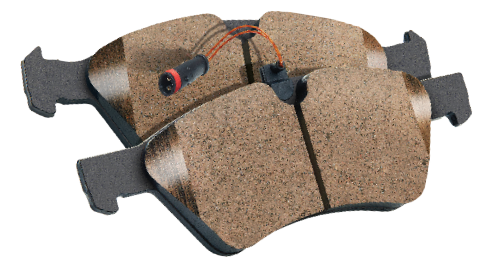
Advantages of Ceramic Brake Pads
* They contain no metal; consequently, friction does not result in metal loss.
* Noise generation is minimal, and normal driving does not produce abnormal sounds.
* Ceramic exhibits high-temperature resistance and stability; the friction coefficient remains consistent.
* The operational lifespan exceeds that of conventional semi-metallic pads by more than 50%, and no scratches occur.
* They demonstrate good mechanical strength and physical performance. They can withstand high pressure and shear forces, and rapid heat dissipation does not impair braking.
* The thermal decay performance of conventional pads is low. Under high temperatures and during emergency braking, the brake oil temperature rises, thereby delaying brake response and potentially causing a loss of braking effect. Consequently, the safety coefficient is lower for conventional brake pads than for ceramic ones.
Disadvantage of Ceramic Brake Pads
Ceramic brake pads have a high cost.

 Bars
Bars
 Beads & Spheres
Beads & Spheres
 Bolts & Nuts
Bolts & Nuts
 Crucibles
Crucibles
 Discs
Discs
 Fibers & Fabrics
Fibers & Fabrics
 Films
Films
 Flake
Flake
 Foams
Foams
 Foil
Foil
 Granules
Granules
 Honeycombs
Honeycombs
 Ink
Ink
 Laminate
Laminate
 Lumps
Lumps
 Meshes
Meshes
 Metallised Film
Metallised Film
 Plate
Plate
 Powders
Powders
 Rod
Rod
 Sheets
Sheets
 Single Crystals
Single Crystals
 Sputtering Target
Sputtering Target
 Tubes
Tubes
 Washer
Washer
 Wires
Wires
 Converters & Calculators
Converters & Calculators
 Write for Us
Write for Us
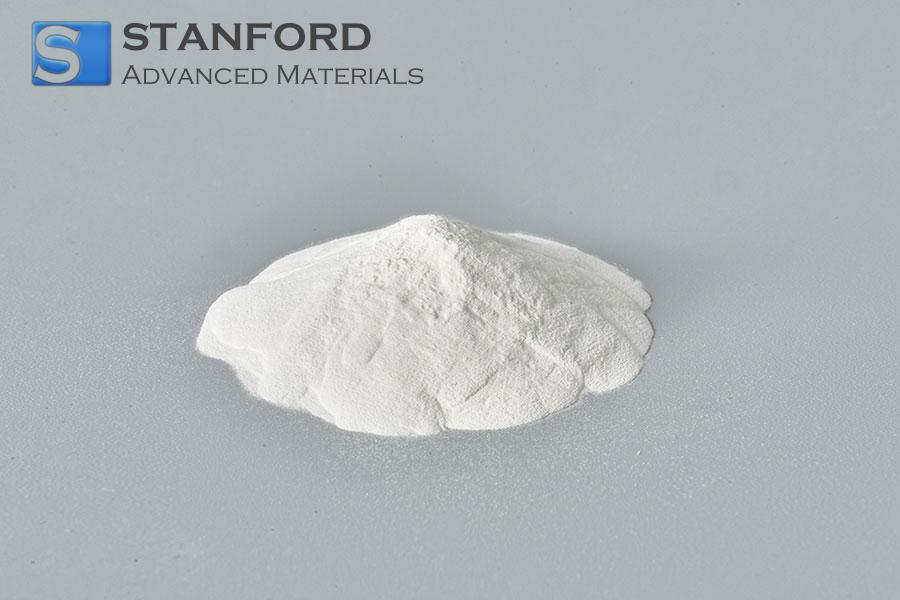
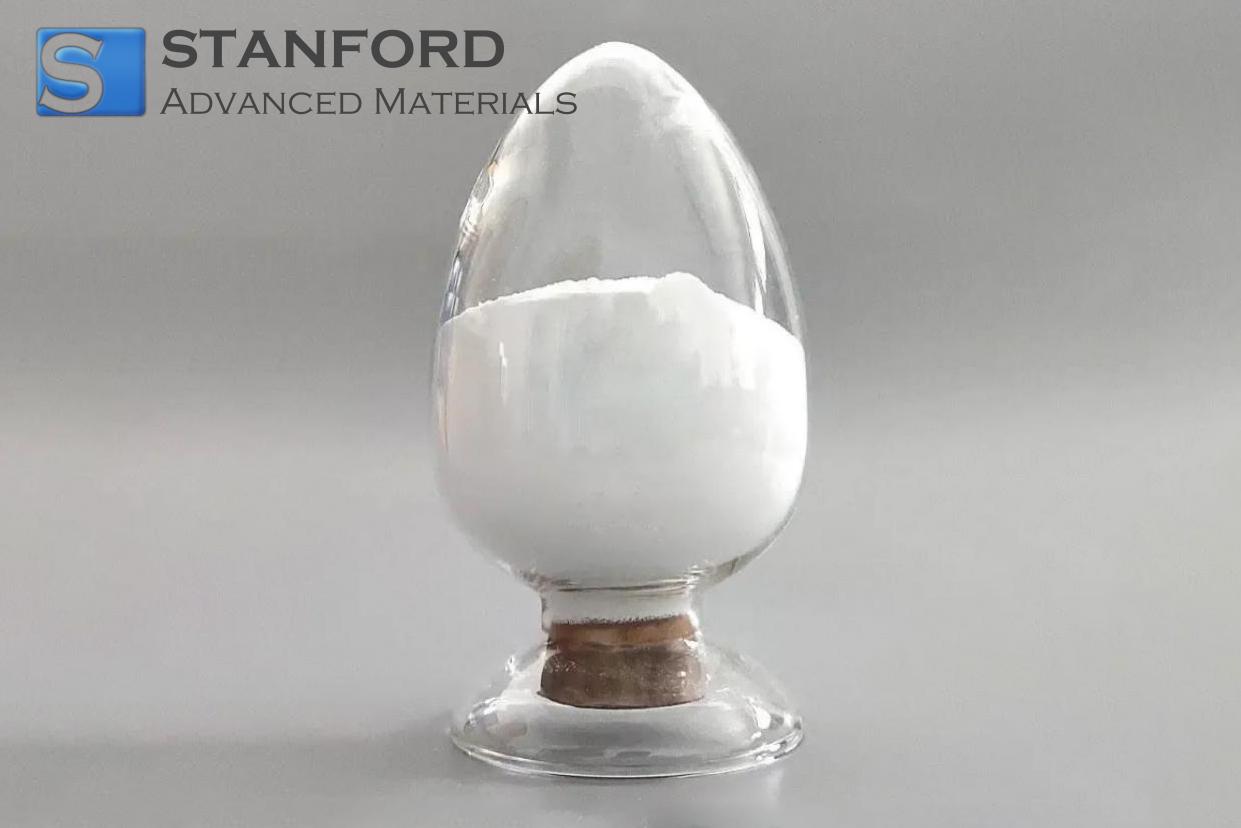
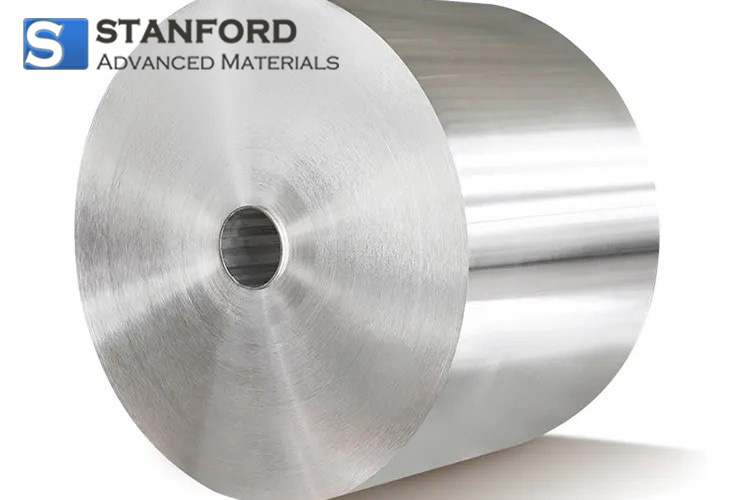
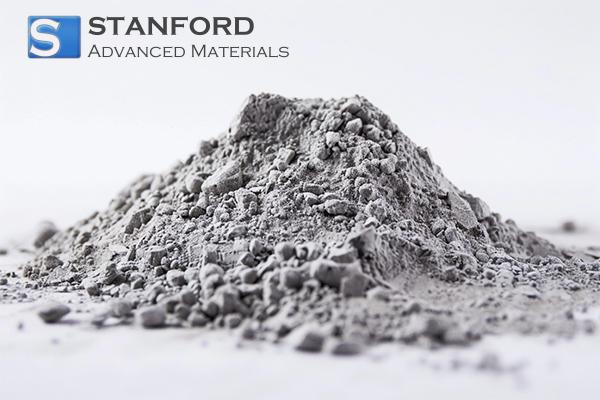
 Chin Trento
Chin Trento



